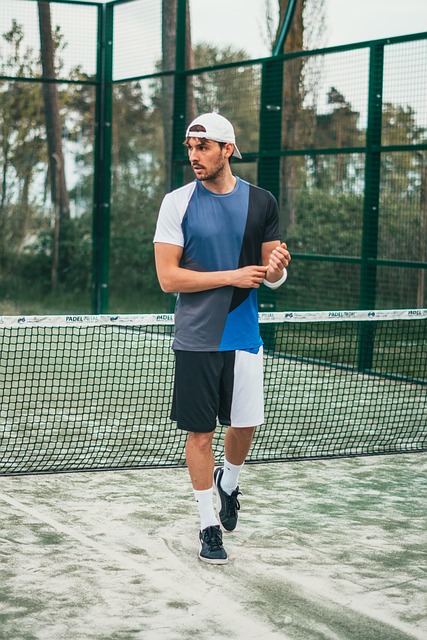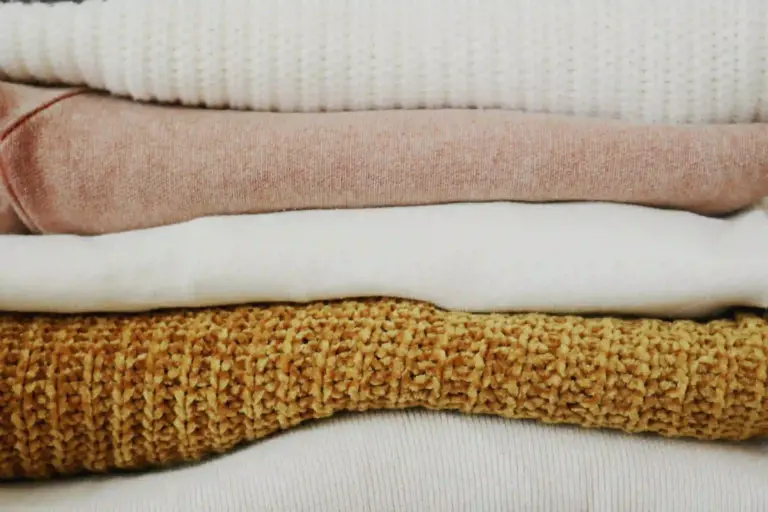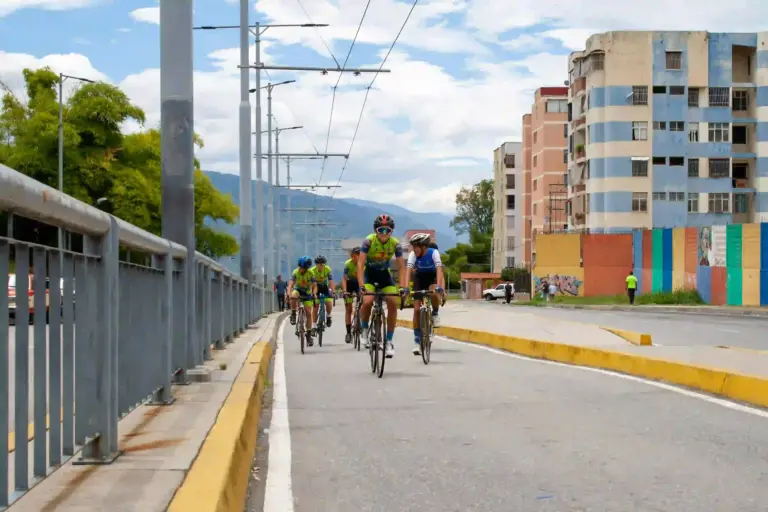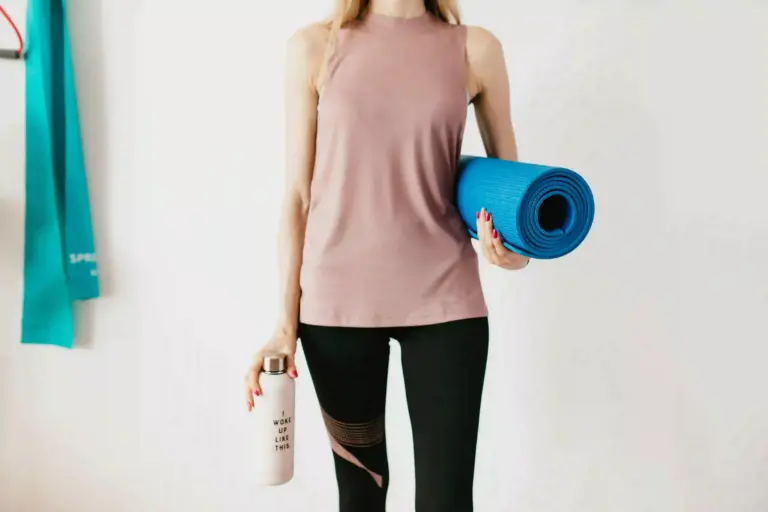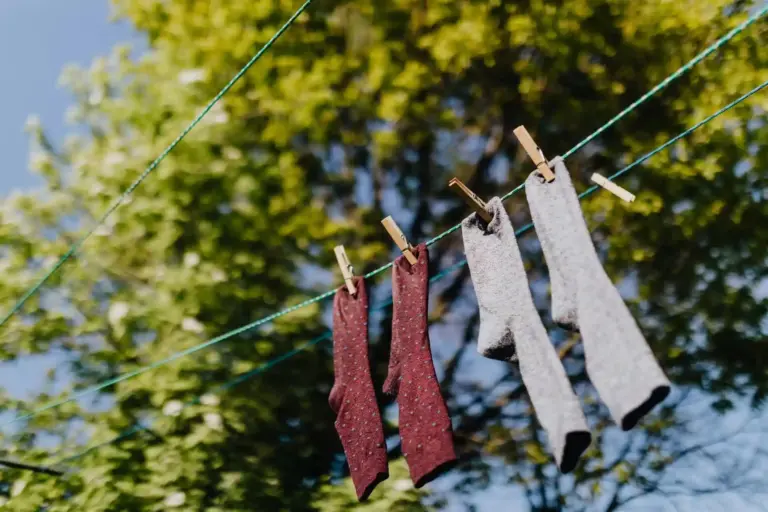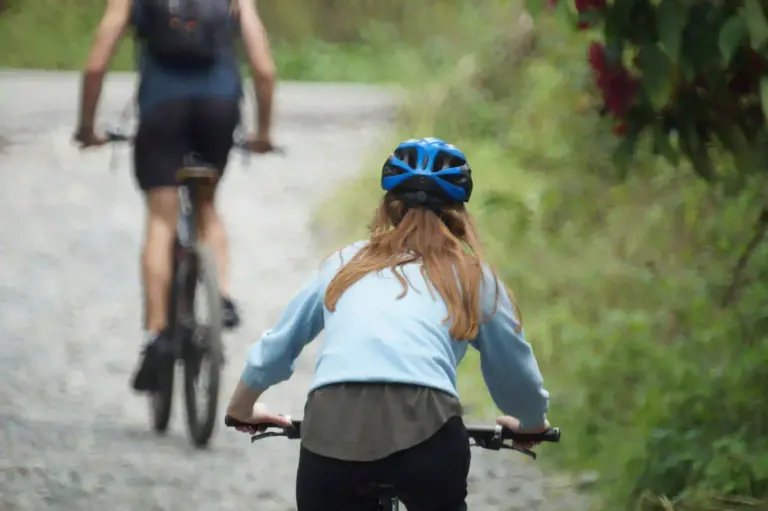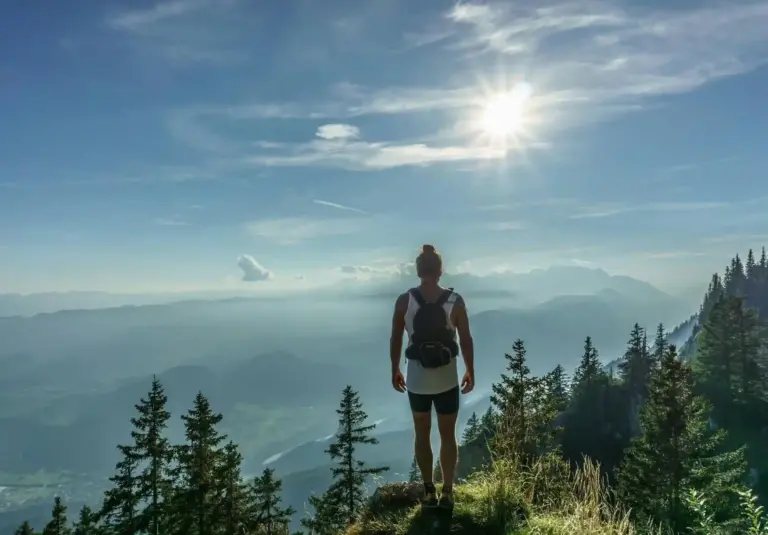Choosing the perfect sportswear isn’t just about fashion. It’s about embracing an active lifestyle of comfort, confidence and peak performance. Whether you’re a dedicated athlete or someone who just likes to stay fit, the right sportswear can make all the difference in your workout experience. From fabrics that hug your skin to designs that support your every move, the art of choosing sportswear is a science of balancing function and style. Join me as we learn the essentials of choosing sportswear and we’ll uncover the secrets to unlocking your athletic potential and feeling great while doing it. So lace up your sneakers and get ready to discover how the right sportswear can transform your workouts from ordinary to extraordinary.
Choose sportswear according to different sports
Sportswear is designed to provide athletes with the necessary comfort, performance and protection during physical activity. Choosing the right sportswear for a specific sport is crucial to achieving optimal results, reducing the risk of injury and improving overall performance.
–Running
Running is a high-impact activity that requires athletic clothing that can withstand repetitive motion and absorb shock. When choosing running sportswear, consider clothing that offers good breathability, moisture-wicking properties, and support. Lightweight fabrics that allow unrestricted movement, such as polyester blends or mesh, are ideal for running in warm weather. Compression shorts or leggings can also provide extra support and prevent muscle fatigue and injury.
–Yoga
Yoga is a low-impact exercise that emphasizes flexibility, balance, and relaxation. When choosing yoga sportswear, it is crucial to choose clothing that is comfortable, flexible, and breathable. Soft fabrics like cotton, bamboo, or modal are great for yoga because they have excellent moisture absorption and breathability. Well-fitting leggings or shorts with an elastic waistband provide comfort and easy movement, while a tank top or T-shirt made of lightweight materials can prevent overheating.
–Cycling
Cycling is a sport that requires specialized clothing to ensure maximum comfort and safety. Cyclists need lightweight, breathable, moisture-wicking sportswear. Cycling jerseys made from synthetic materials like polyester or nylon are great for cycling because they offer excellent moisture wicking and ventilation. Padded shorts help prevent chafing and provide support on long rides. Cyclists should also wear comfortable gloves to improve grip and shoes with stiff soles to maximize power transfer from the pedals.
–Climbing
Rock climbing is a physically demanding sport that requires specialized sportswear to ensure safety and performance. When choosing climbing sportswear, it’s important to prioritize durability, flexibility, and protection. Climbers need clothing that allows for a wide range of motion while providing abrasion resistance and weather protection. Consider sportswear made from stretchy, moisture-wicking fabrics such as nylon or polyester blends. Additionally, harness garments with reinforced knee and seat areas can improve comfort and durability. Hiking shoes with a comfortable fit and grippy rubber sole are essential for providing traction and precision on a variety of rock surfaces.
Every sport presents unique challenges and demands, and the right sportswear can significantly impact an athlete’s ability to excel. By considering the specific needs of each sport, athletes can choose sportswear that supports their sport, enhances performance, and ultimately leads to a more enjoyable and successful athletic experience.
Choose sportswear according to different environments
Another important factor to consider when choosing sportswear is the environment in which the activity will take place. Different environments have different weather conditions and terrain, so it’s crucial to choose sportswear that suits the specific requirements of each environment.
–Hot and humid climate
In hot and humid climates, it’s crucial to choose sportswear that effectively manages moisture and allows for optimal breathability. Lightweight, loose-fitting clothing made from moisture-wicking fabrics like polyester or nylon blends are ideal. These materials help wick sweat away from the body, allowing it to evaporate quickly, keeping you cool. Consider clothing with mesh panels or vents to enhance airflow and provide additional ventilation. Additionally, choosing lighter colors can reflect sunlight and reduce heat gain.
–Cold and harsh conditions
When participating in sports in cold and harsh conditions, it’s crucial to prioritize insulation and weatherproofing. Dressing in layers is key to regulating your body temperature in cold environments. Start with a moisture-wicking base layer that hugs the body to prevent sweat from contacting the skin. A mid-layer made of an insulating material like fleece or wool provides warmth without adding bulk. Finally, choose a windproof and waterproof outer layer that repels snow, rain, and wind. Insulated jackets, warm pants, and accessories such as gloves, hats, and scarves are also crucial to preventing heat loss.
–Humid and rainy environment
For activities in wet and rainy conditions, waterproof sportswear is essential to stay dry and comfortable. Look for sportswear made from waterproof materials like nylon or polyester and have a durable water-resistant (DWR) finish. These fabrics prevent water from penetrating and protect you from rain and moisture. Taped seams and waterproof zippers also enhance the garment’s waterproof capabilities. Additionally, consider wearing a lightweight raincoat and pants for full-body protection.
–High altitude environment
High-altitude environments present unique challenges, including reduced oxygen levels and extreme weather conditions. When exercising at high altitudes, it is important to choose sportswear that provides insulation, breathability, and protection against ultraviolet (UV) radiation. Layering is essential to adapt to changing weather conditions and temperature fluctuations. Choose a moisture-wicking base layer to keep skin dry and an insulating mid-layer to provide warmth. The outer layer should be windproof, heat-insulating and UV-resistant. Also, don’t forget to wear sunglasses, a hat, and sunscreen to protect yourself from the strong sun at high altitudes.
–Tropical and jungle environments
When participating in sports in tropical and jungle environments, it is important to choose sportswear that protects against heat, moisture and insects. Lightweight, breathable fabrics like cotton, linen, or moisture-wicking synthetic materials are ideal. Consider offering ventilated clothing styles, such as loose-fitting tops with mesh panels to promote airflow and cooling. Additionally, wearing repellent-treated clothing or wearing repellent accessories like wristbands or socks can help prevent mosquitoes and other bugs.
By considering the specific weather conditions, terrain and challenges of each environment, athletes can choose sportswear that suits their needs. Whether choosing moisture-wicking fabrics for hot climates, insulation for colder conditions, or waterproof apparel for rainy conditions, the right sportswear can enhance an athlete’s experience and allow them to perform at their best in any environment. Excellent performance.
Choose sportswear according to different physiques
Consider not only the activity you are participating in, but also your body shape or physique. Different physiques have different needs and requirements for sportswear. By understanding how to choose sportswear that fits your body type, you can improve your comfort, performance, and confidence during physical activities.
–Athletic body
For individuals with an athletic physique, defined muscles, and balanced physique, the key is to showcase and enhance your physique while providing optimal support and flexibility. Look for form-fitting sportswear that highlights your muscles without restricting movement. Compression garments made from elastic materials like spandex or elastane can provide muscle support and aid recovery. Plus, choose moisture-wicking fabrics to -keep you cool and dry during an intense workout.
–Curved or hourglass figure
If you have a curvy or hourglass figure, characterized by a defined waist and fuller hips and bust, choose sportswear that accentuates your curves while providing comfort and support. Look for high-waisted leggings or shorts that will control your midriff and help define your waistline. Tops with built-in bras or support structures can provide adequate support for your breasts. Choose fabrics that have good stretch to fit your curves without feeling restrictive. Dark colors and strategic patterns also help create a visual slimming effect.
–Slender or petite figure
For those with slim or petite bodies, it’s important to choose sportswear that adds silhouette and creates curves while maintaining proportions. Look for sportswear with design details like color blocking, ruffles, or pleating that add volume and sculpt your curves. Choose cropped trousers or shorts to visually lengthen your legs. Consider a slightly looser top to add dimension to your upper body. Choosing sportswear with bold prints or patterns can also help create the illusion of a fuller figure.
–Large characters
If you have a larger body shape, it is crucial to choose sportswear that provides adequate support, coverage, and comfort. Invest in high-waisted leggings or shorts with a wide waistband to help smooth the tummy area. Choose a top with a built-in bra or adjustable straps for optimal support. Pick fabrics with good stretch and recovery to fit your curves without feeling tight. Dark sportswear can provide a slimming effect, while strategic paneling or silhouette can help create a more flattering silhouette.
–Tall or tall with long limbs
For those who are tall or have long limbs, it is important to choose sportswear that has adequate length in the sleeves, pants and torso. Look for brands that offer specific size options for taller people, or consider shopping at a specialized sportswear store. Choose tops and bottoms with longer hemlines to prevent them from riding up during exercise. Additionally, choose sportswear with strategic color blocking or patterns to break up the length and create a balanced visual appearance.
Whether you’re athletic, curvy, slim or fall into any other category, there are sportswear options to suit your specific needs. Embrace your body shape, find the right fit, and enjoy your favorite physical activities in the perfect sportswear that complements your frame.
Choosing the right sportswear isn’t just about looking good, it’s also about feeling good. By choosing sportswear that is functional, comfortable and tailored to your individual needs, you can enhance your performance and enjoyment of your physical activity. From moisture-wicking fabrics to slim-fitting styles, there are options to suit different preferences and requirements. So the next time you’re shopping for sportswear, remember to prioritize functionality and comfort while expressing your unique style. With the right sportswear, you’ll be ready to take on any challenge and achieve your fitness goals while feeling confident and comfortable.





